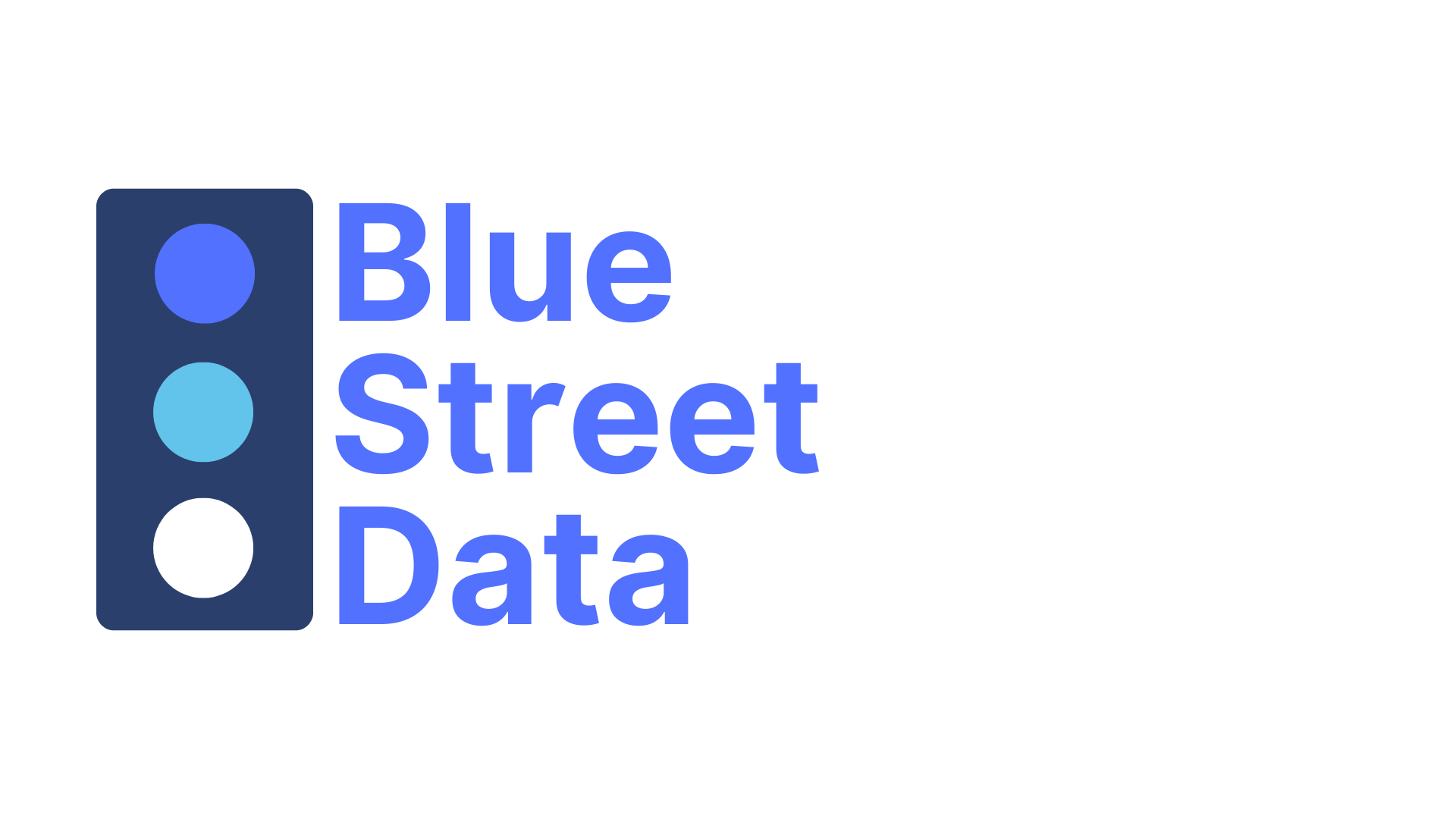Most banks have the data—but not the segmentation strategy. Without integrating internal and external data, marketing becomes broad and ineffective, and customer relationships remain transactional.
🎯 Targeted campaigns increase conversion rates up to 20 percentage points
📉 Poor segmentation leads to missed cross-sell opportunities and high churn
💡 Segmentation by life stage, behavior, and value = stronger retention and CLV
—
Why External Data Drives Better Customer Segmentation
Banks that combine internal customer data with rich external sources can:
✅ Increase acquisition and retention through precise audience targeting
✅ Reduce campaign costs with smarter segmentation
✅ Personalize experiences based on life stage, income, and behaviors
✅ Cross-sell products based on predicted customer needs
✅ Improve Customer Lifetime Value (CLV) forecasting
—
How It Works
🎯 RFM (Recency, Frequency, Monetary) Analysis:
Segment customers by activity patterns and value to the bank.
📊 Clustering Algorithms:
Use techniques like K-means, Random Forests, and Latent Class Analysis to group customers by transaction behavior, demographics, or engagement.
📈 Marketing Technology Integration:
Tools like SAP or Pega use lifetime value scoring to match campaigns with high-yield customer segments.
—
Real-World Impact: Micro-Segmentation in Action
An Italian bank used advanced analytics to cut SME client evaluation time by 60%. Their credit engine analyzed 100+ features—including internal performance and external industry data—to micro-segment clients and enhance lending decisions.
—
📩 Ready to personalize your customer experience and increase retention?
Let’s talk. We’ll help you identify the external datasets you need to build smarter customer segments and drive growth.
👉 Contact Blue Street Data today.
—
